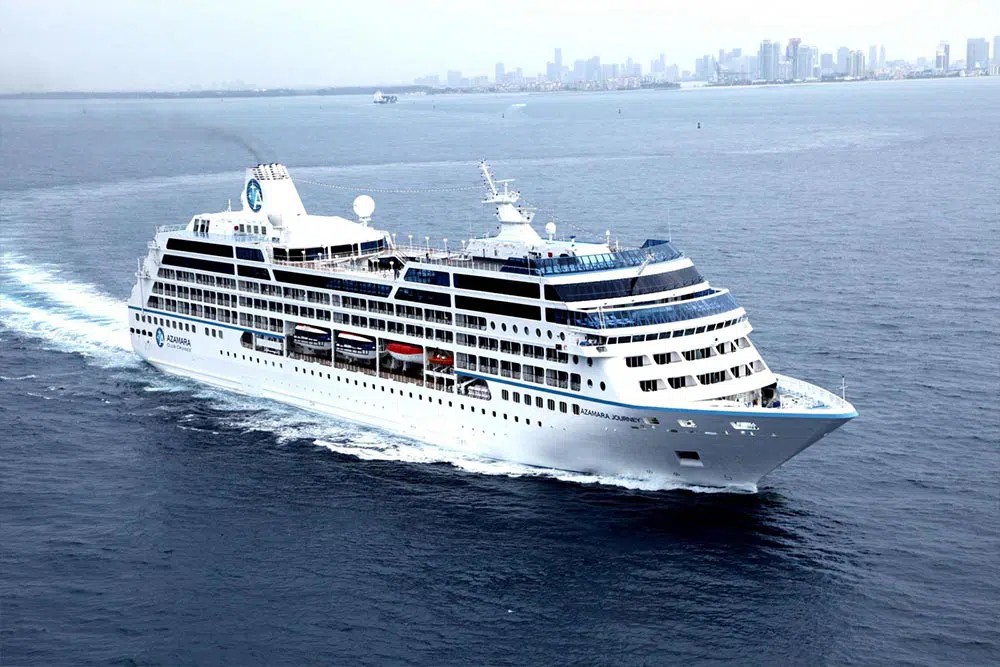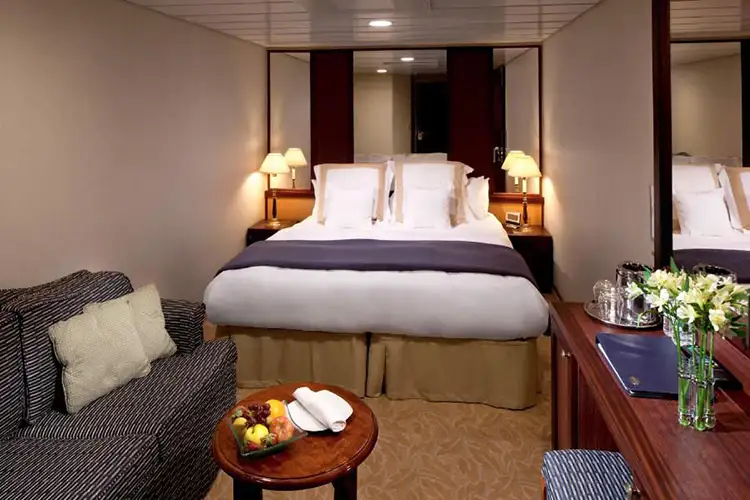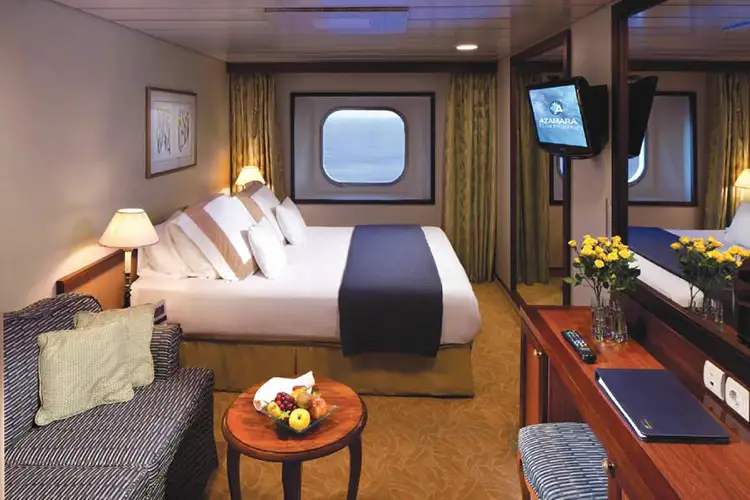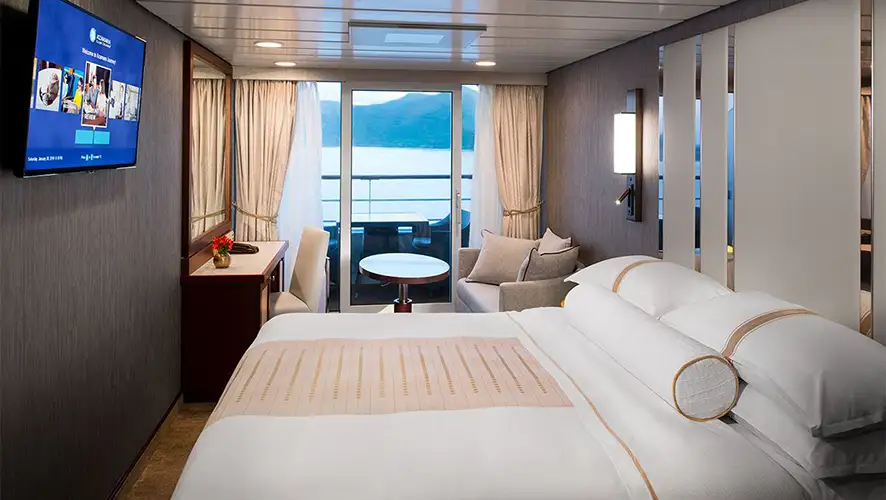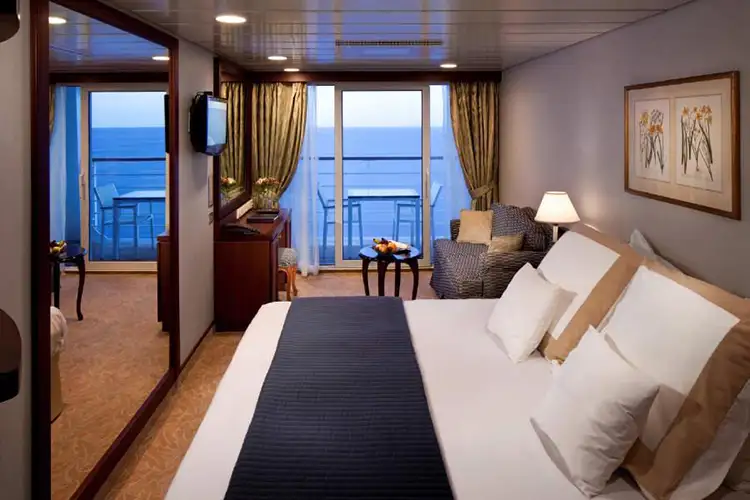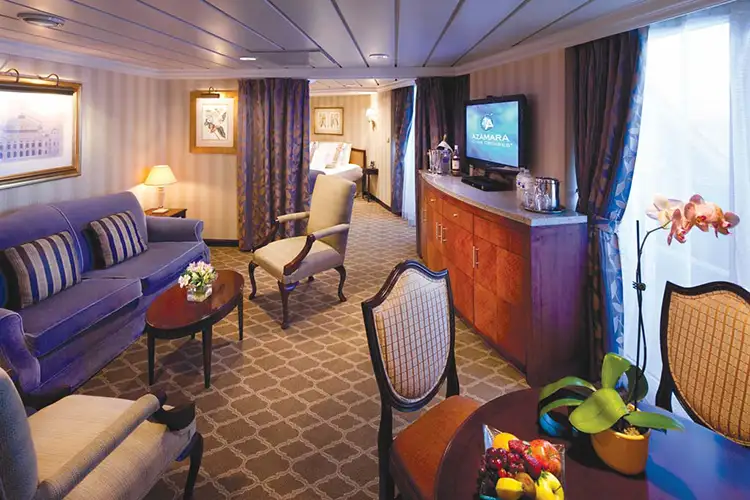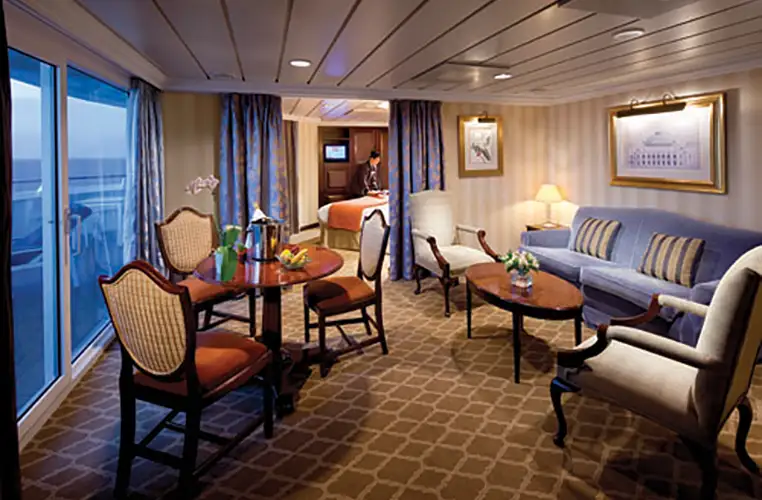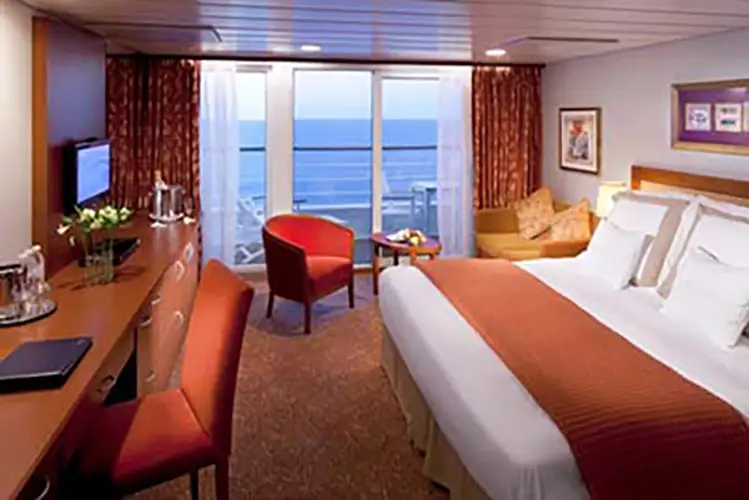10 nights from Chioggia (Italy) with Azamara Journey
Mediterranean: Italy, Croatia, Montenegro, Greece
Enter the number of occupants and age to view cabin prices
Cruise itinerary
-
Wednesday, June 26, 2024 - 06:00Chioggia
-
Thursday, June 27, 2024 08:00 - 06:00Pula
-
Friday, June 28, 2024 08:00 - 06:00Opatija
-
Saturday, June 29, 2024 08:00 - 08:00Zadar
-
Sunday, June 30, 2024 08:00 - 06:00Sibenik
-
Monday, July 1, 2024 09:30 - 08:00Kotor
-
Tuesday, July 2, 2024 08:00 - 10:00Dubrovnik
-
Wednesday, July 3, 2024 01:00 - 10:00Korfu
-
Thursday, July 4, 2024 -- --Navigation
-
Friday, July 5, 2024 08:00 - 05:00Chania
-
Saturday, July 6, 2024 05:00Athens
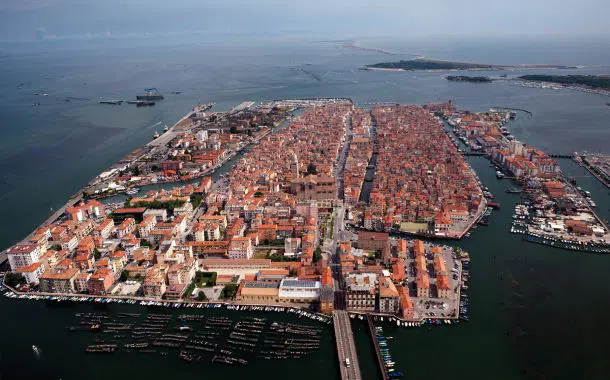
Chioggia
Located in the province of Venice, its population of just more than 51,000 inhabitants and recently declared as the city of Venezian art. This locality is surrounded by the sea and lively canals is considered a small Venice. A beautiful historic city with charming beaches, Chioggia is a real jewel of the Venice lagoon.
While you are strolling through the narrow streets, you will admire the charm and beauty that the city offers: Venetian-style buildings overlooking the canals, typical imbarkation with particular colorful sails, churches, museums and monuments. It almost seems as if you are coming back in time, at the time of the Doges of Venice.
One of the features of Chioggia is the presence of the University of Padua's marine biology studies and the Museum of Adriatic Zoology. On the island you can also find numerous monuments, such as the church of Sant'Andrea, built in 18th century, and Roman tower (also known as ancient clock tower), about 30 metres high, designed by Giovanni Dondi. Ponte Vigo, built in 1685, is different from the others because of its suggestive dimension. At the end of Venenzian lagoon lies the historic centre.
The museum of San Francisco, located in the homonimous church, hosts old files that reveal the historical passages of the island, documenting the historical, environmental and social development of the area.
Chioggia is a coastal island in northern Italy in the province of Venice. An original city, its narrow streets, all perpendicular to the piazza, suggest a fish-bone shape. For this peculiarity it is given the nickname 'Little Venice'.
Its main economic source is fishing. Other important economic resources are tourism and the production of roses and radicchio.
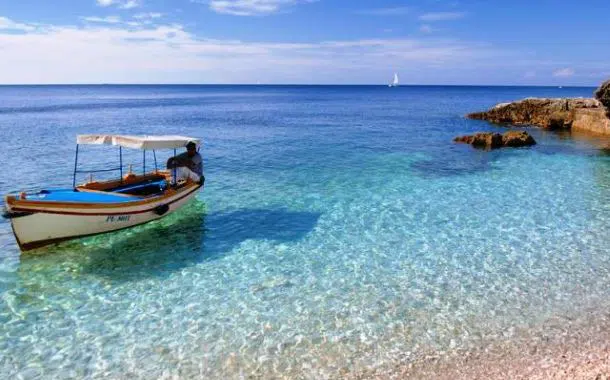
Pula

Opatija
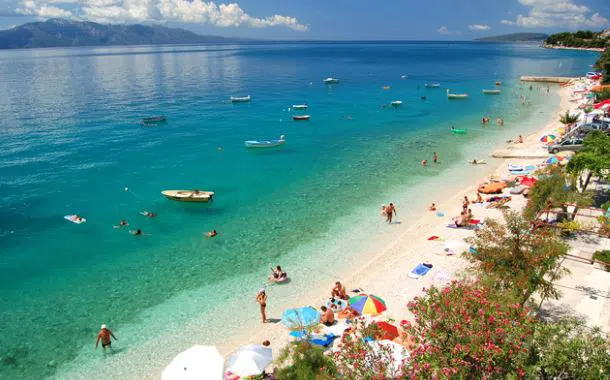
Zadar
Thanks to its geographical position, its beaches and attractive environment Zadar is an ideal destination for visiting the Dalmatia. Icing on the cake: the sunset would be the best in the world according to Alfred
Hitchcock.
Regional capital of northern Dalmatia, Zadar is a small coastal city in Croatia protected by lots of islands of the Kornati archipelago, one of the largest in the Mediterranean. If you want to enjoy your stay in this enchanting country, May, June and September are the most ideal times. A peaceful atmosphere is emanated from this ancient walled city. Surrounded by the sea and numerous pebble beaches, in the territory there are many national parks, in particular the most notably are the Plitvice Lakes, the Krka waterfalls and Velibit Mountain. Even after getting to know the city, you can admire the islands of the Kornati National Park, where you will find a labyrinth of untouched oases. This blessed place of the gods is ideal for diving and snorkling.
The surprising feature of Zadar: it is the only city in the world with a
marine 'organ', the waves produce a sound similar to the instrument used in the church. This is a further reason to discover this city rich in history and full of charm. This island has been inhabitaed for more that three decades, this is testifyed by its magnificent historical and archelogist ruins for example the 9th century monastery of San Donato, the 16th century Venetian bastions or the Porta della Terraferma, both Venetian. The central arch is decorated with a statue of St Chrysogonus, the patron saint of the city, these are just some of the places to visit. If you also plan to have fun, you will find several summer cultural events here, including Zara of Dreams or the musical nights of San Donato. For party-goers, we recommend one of the most famous clubs in Croatia, the Hacienda, which always hosts famous DJs and it is located between Zadar and Šibenik. While for liquors lovers, especially local ones, you can enjoy a typical local Maraschino in the evening.
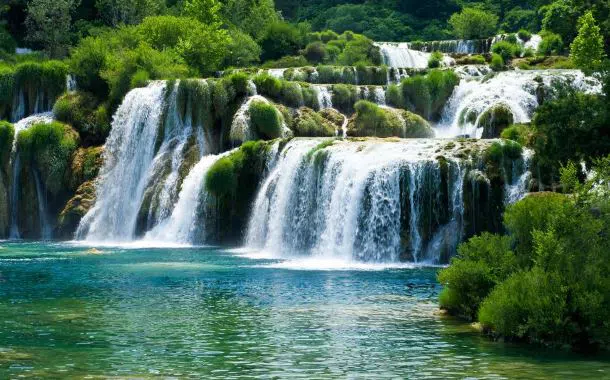
Sibenik
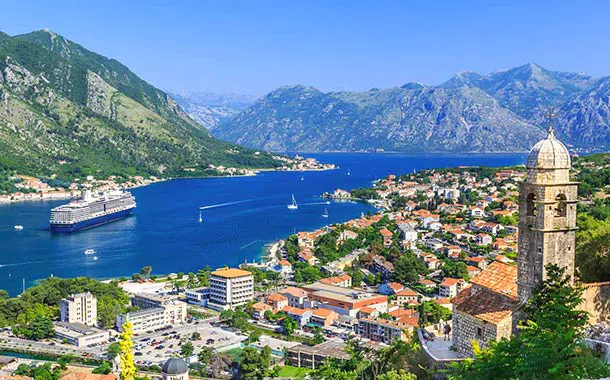
Kotor
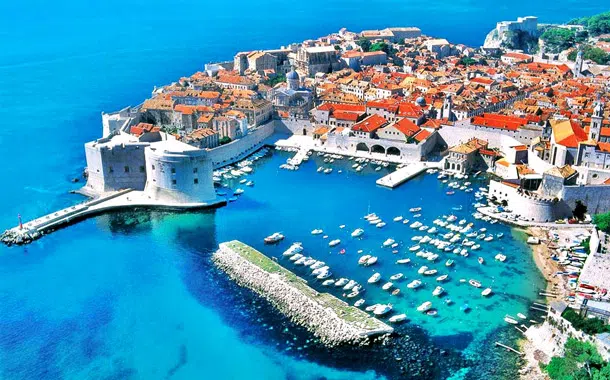
Dubrovnik
Dubrovnik is definitely special. A magnificent curtain of walls surrounds marble streets and Baroque buildings, which give off a pearly light in the Adriatic sunshine.
Picturesque and artistic, Dubrovnik is a tourist hotspot and port in southern Dalmatia, at the foot of the Srđ mountain. From a historical and cultural point of view, it has been included in the list of UNESCO World Heritage Sites.
Thanks to its beauty and everything it has on offer for tourists, Dubrovnik is one of the most attractive destinations in the Mediterranean, so much so that the city can be visited all year round. In addition to its world-famous architectural heritage, this place has beautiful rocky beaches, pebble beaches and sandy beaches, enjoys a Mediterranean climate and also has lush vegetation. The main pedestrian street, Placa, is a melange of cafes and shops with monuments at each end.
Churches, monasteries and museums adorned with finely carved stone, recall an eventful history and a rich artistic tradition. Beyond the city there is a paradise of beaches, wooded peninsulas and a crystal-clear sea dotted with lush islands.
The city is also known for its delicious cuisine and its infrastructure of hotels for tourists. The city offers a wide selection of first-class restaurants, numerous sport and leisure activities, as well as cultural and entertainment events
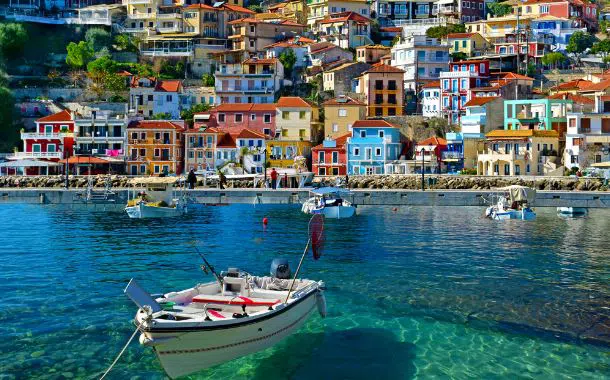
Korfu
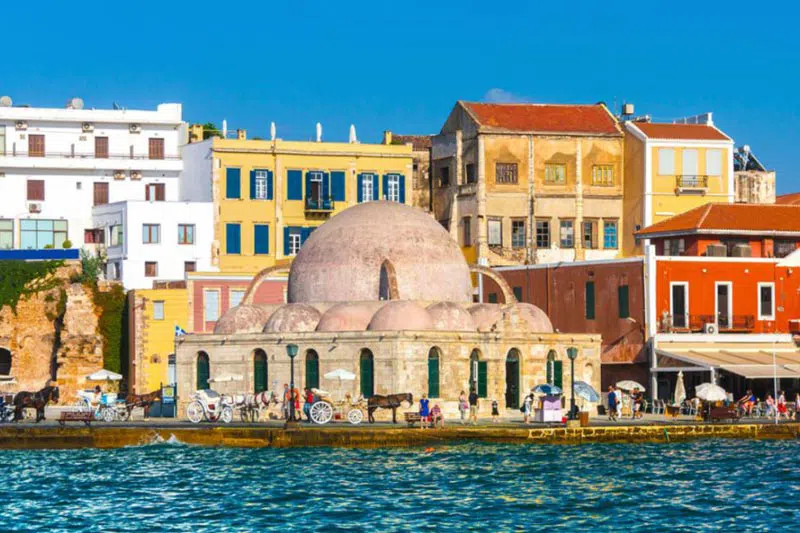
Chania
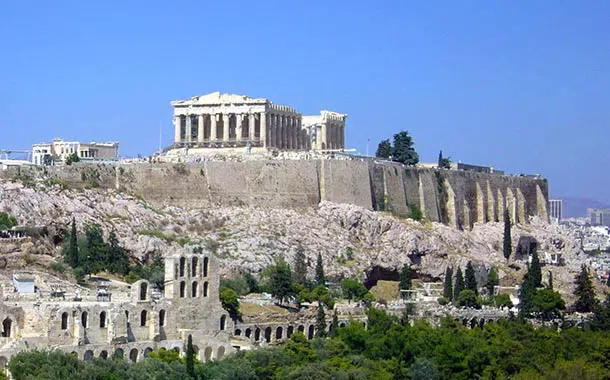
Athens
Many still think of Athens as an ancient city that thrived two and a half thousand years ago. Its symbol is the mighty Acropolis, which dominates almost every view and the itinerary of every visitor, and it is crowned by the iconic Parthenon, which rises above the city, overlooking the sprawling and evolving modern metropolis.
Many still think of Athens as an ancient city that thrived two and a half thousand years ago. Its symbol is the mighty Acropolis, which dominates almost every view and the itinerary of every visitor, and it is crowned by the iconic Parthenon, which rises above the city, overlooking the sprawling and evolving modern metropolis.
Perhaps the most significant change is in the historical centre, which is almost unrecognisable since cars have been banned. This has liberated the area with the most significant archaeological sites, creating the longest, and undoubtedly one of the most splendid, pedestrianised zones in Europe. This huge archaeological park has brought past and present together, returning the cultural and social life of the city to the area around the ancient monuments and surrounding neighbourhoods.
Athens remains a city of contradictions; it is both frustrating and seductive. It is the oldest city in Europe, yet still in a state of transition. It is one of the safest and most vibrant European cities - an intoxicating mix of grunge and grace with an undeniably urban soul.
